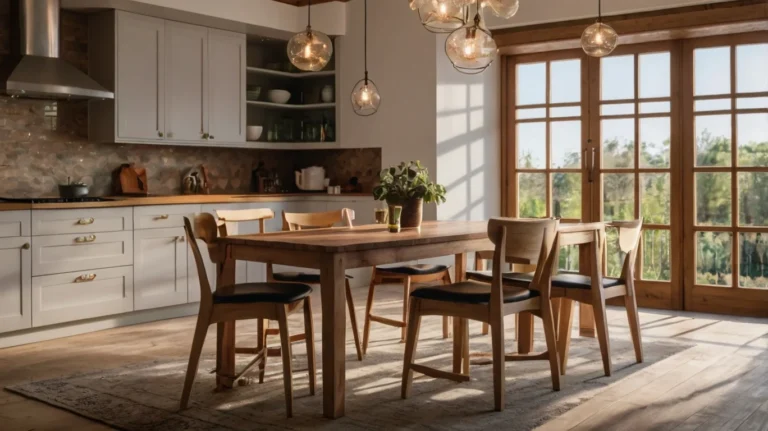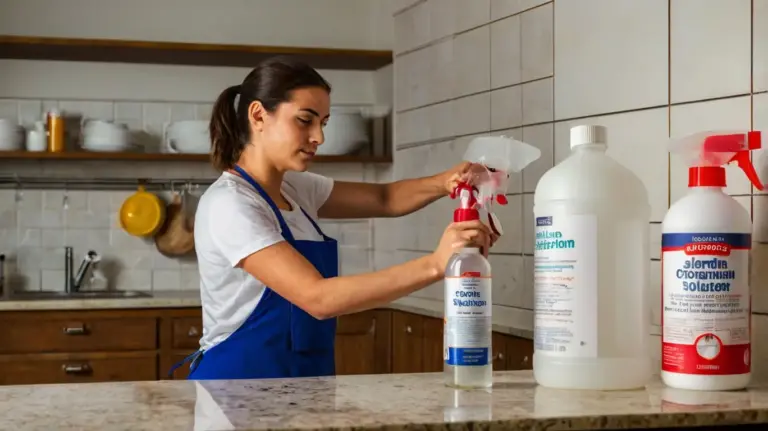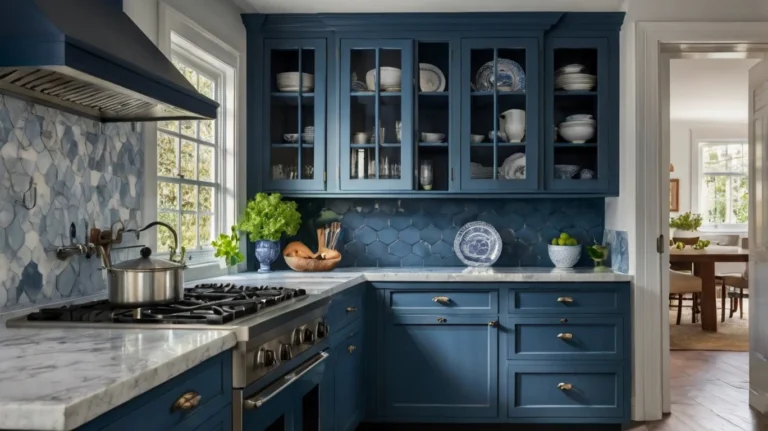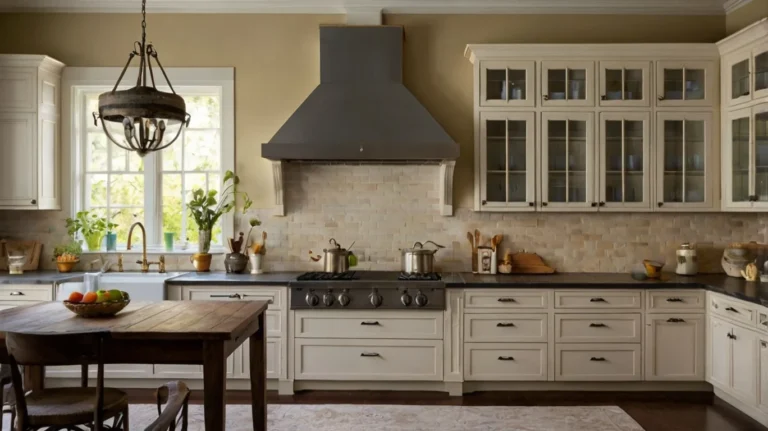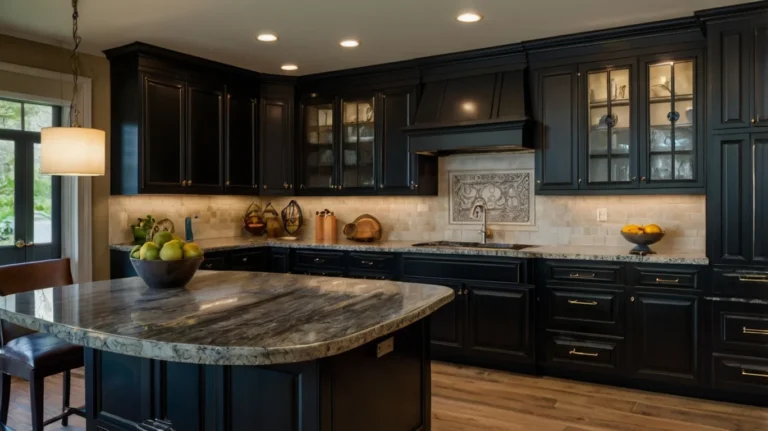Building a Best Outdoor Kitchen with Metal Studs: A Step-by-Step Guide

Creating an Outdoor Kitchen with Metal Studs can be a fantastic addition to your home, providing a space for cooking, entertaining, and enjoying the outdoors. One effective way to build a durable and resilient outdoor kitchen is by using metal studs. Unlike traditional wood framing, metal studs are resistant to moisture, pests, and warping, making them an excellent choice for outdoor environments. This guide outlines the essential steps to build an outdoor kitchen with metal studs.
Table of Contents
1. Planning Your Outdoor Kitchen

Define Your Vision
Before you start construction, determine how you envision your outdoor kitchen. Consider what features you want, such as a grill, sink, countertop, and storage. Think about how you plan to use the space and how many people you typically entertain.
Set a Budget
Establishing a budget is crucial for any project. Include costs for materials, appliances, and any professional help you may require. Be realistic about what you can afford and prioritize essential features to stay within budget.
Choose a Location
Select a location that is convenient and accessible from your home. Look for a flat, stable area that is away from strong winds and has adequate drainage. Ensure that your kitchen is close to utilities like water, gas, and electricity to simplify installation.
2. Gathering Materials and Tools
Materials Needed:
- Metal Studs: Choose galvanized steel studs, typically 2×4 or 2×6, for framing.
- Metal Track: Used as the top and bottom tracks for the wall frames.
- Insulation: To improve energy efficiency and reduce noise.
- Backer Board: Cement board is ideal for areas that will have tile or be exposed to moisture.
- Countertop Material: Options include granite, concrete, or stainless steel.
- Fasteners: Self-tapping screws and anchors designed for metal.
- Plumbing and Electrical Supplies: If you’re including a sink or appliances.

Tools Needed:
- Metal Shears or a Saw: For cutting metal studs.
- Drill and Bits: For fastening metal.
- Measuring Tape: To ensure accuracy in dimensions.
- Level: To ensure structures are even.
- Safety Gear: Gloves, goggles, and a dust mask.
3. Building the Frame
Building the frame of any structure is a crucial step in the construction process. It provides the foundation and support that holds everything together. The frame acts as the skeleton, ensuring stability and strength for the rest of the building. It is typically made of materials such as wood, steel, or concrete, depending on the size and purpose of the structure.
The process involves precise measurements and careful assembly to guarantee that the frame is both sturdy and aligned. Without a solid frame, a building would not be able to withstand the pressures it faces over time. The frame also dictates the overall shape of the structure, impacting the design and functionality of the space. Therefore, it’s essential for builders to have a clear vision and accurate plan before starting the framing process.
The Importance of Quality Materials
Choosing the right materials for the frame is essential to the overall integrity of the construction. High-quality materials not only enhance the durability of the structure but also improve safety and reduce long-term maintenance costs. Builders must consider factors such as weight, weather resistance, and load-bearing capacity when selecting materials. A well-built frame ensures that the building remains safe and functional for years to come. Steel, for example, offers strength and flexibility, making it ideal for large, multi-story buildings, while wood is often preferred for residential homes due to its cost-effectiveness and aesthetic appeal. The materials chosen will ultimately influence the construction timeline, cost, and longevity of the structure.
The Framing Process

The framing process begins with the layout, where the dimensions of the structure are marked out. This step ensures that the frame will be built to the correct specifications. Next, the vertical posts, beams, and horizontal components are assembled, forming the structure’s skeleton.
In the case of wooden frames, the beams are cut and fitted, while in steel framing, pre-manufactured sections are used to expedite the process. During this phase, it’s important for the workers to continuously check for level and square alignment, as any slight misalignment could affect the entire building. Once the framework is in place, it serves as a guide for installing additional components like walls, floors, and roofs.
Final Considerations in Framing
After the frame is constructed, additional checks are necessary to ensure that everything is properly secured and stable. All connections, joints, and reinforcements must be inspected for strength and accuracy. In some cases, the frame may require further treatments or coatings to protect it from environmental elements such as moisture, heat, or pests. Builders also need to consider the future expansion or modification of the structure, leaving room for necessary adjustments without compromising the frame’s integrity. Properly completing the frame sets the stage for the next stages of construction, ensuring the building’s overall success and longevity.dding cross-bracing for extra stability, especially if your kitchen will face windy conditions.
4. Adding Utilities
Plumbing and Electrical Work
If you plan to include a sink, grill, or electrical appliances, now is the time to run plumbing and electrical lines. Hire licensed professionals to ensure compliance with local codes and safety standards.
Insulation
Once the framing is complete, add insulation between the metal studs to help regulate temperature and reduce noise.
5. Installing Backer Board and Countertops
Step 1: Add Backer Board
Attach cement backer board to the metal studs in areas where you will install tile or where moisture exposure is expected. This board will provide a sturdy, water-resistant surface.
Step 2: Install Countertops
Choose a durable countertop material that can withstand outdoor conditions. Secure it to the frame, ensuring it is level and stable. If using stone or concrete, follow the manufacturer’s installation guidelines.
6. Finishing Touches
Siding and Roofing
Consider adding siding to the exterior of your outdoor kitchen to improve aesthetics and protect the structure. You can use materials such as wood, stucco, or stone veneer. If desired, install a roof or awning to provide shade and protection from the elements.
Add Appliances and Furnishings

Now it’s time to add the appliances you planned, such as a grill, refrigerator, or sink. Arrange your outdoor kitchen layout for optimal workflow and accessibility. Incorporate seating options, such as bar stools or a dining table, to create a complete entertaining space.
Personalize Your Space
Add decorative elements, such as outdoor lighting, plants, and accessories, to make the space inviting and enjoyable. Choose finishes and colors that complement your home’s style.
7. Maintenance Considerations
Once your outdoor kitchen is complete, regular maintenance will ensure its longevity. Clean surfaces regularly, protect appliances during harsh weather, and inspect plumbing and electrical systems periodically to prevent issues.
Conclusion
Building an outdoor kitchen with metal studs is an excellent way to create a durable and functional space for cooking and entertaining. By following this step-by-step guide, you can successfully construct a kitchen that meets your needs while enjoying the benefits of using metal framing. Embrace your creativity and enjoy the process, knowing that your outdoor kitchen will provide countless memorable moments with family and friends for years to come.
Here’s a table summarizing the steps to build an outdoor kitchen with metal studs:
| Step | Description |
|---|---|
| 1. Planning Your Outdoor Kitchen | – Define your vision and features for the kitchen. – Set a realistic budget for materials and appliances. – Choose a suitable location with adequate drainage. |
| 2. Gathering Materials and Tools | Materials: Metal studs, metal track, insulation, backer board, countertop material, fasteners, plumbing, and electrical supplies. Tools: Metal shears, drill, measuring tape, level, and safety gear. |
| 3. Building the Frame | Step 1: Layout your design with stakes and string. Step 2: Cut metal studs and install the bottom track. Step 3: Attach vertical studs and build walls. |
| 4. Adding Utilities | – Run plumbing and electrical lines for appliances and sink. – Hire professionals for compliance with local codes. – Add insulation between the metal studs. |
| 5. Installing Backer Board and Countertops | Step 1: Attach cement backer board to metal studs. Step 2: Install durable countertops securely to the frame. |
| 6. Finishing Touches | – Add siding to protect the structure and improve aesthetics. – Install appliances and arrange seating for optimal workflow. – Personalize with decorative elements. |
| 7. Maintenance Considerations | – Clean surfaces regularly and protect appliances during harsh weather. – Inspect plumbing and electrical systems periodically to ensure proper functioning. |
This table provides a concise overview of the essential steps involved in building an outdoor kitchen with metal studs, making it easier to follow along with the process.
Here are five frequently asked questions (FAQs) about building an outdoor kitchen with metal studs:
1. Why should I use metal studs instead of wood for my outdoor kitchen?
Metal studs are more resistant to moisture, pests, and warping than wood, making them ideal for outdoor environments. They provide a more durable and stable framework, ensuring your outdoor kitchen remains intact and functional for years.
2. Do I need special tools to work with metal studs?
Yes, you will need specific tools for working with metal studs, including metal shears or a saw designed for cutting metal, self-tapping screws for fastening, and a drill. Standard carpentry tools like levels and measuring tapes will also be helpful.
3. Is it necessary to hire professionals for plumbing and electrical work?
While some aspects of building an outdoor kitchen can be DIY projects, it’s advisable to hire licensed professionals for plumbing and electrical work. This ensures compliance with local codes and reduces the risk of safety hazards.
4. How do I insulate my outdoor kitchen built with metal studs?
Insulation can be installed between the metal studs during the framing process. You can use fiberglass or foam board insulation to help regulate temperature and improve energy efficiency, especially if your outdoor kitchen will be used year-round.
5. What types of countertops are best for an outdoor kitchen?
Durable materials like granite, concrete, and stainless steel are excellent choices for outdoor kitchen countertops. These materials can withstand weather elements and are easy to clean, making them ideal for outdoor use. Consider the aesthetic appeal and maintenance requirements of each material when making your choice.

